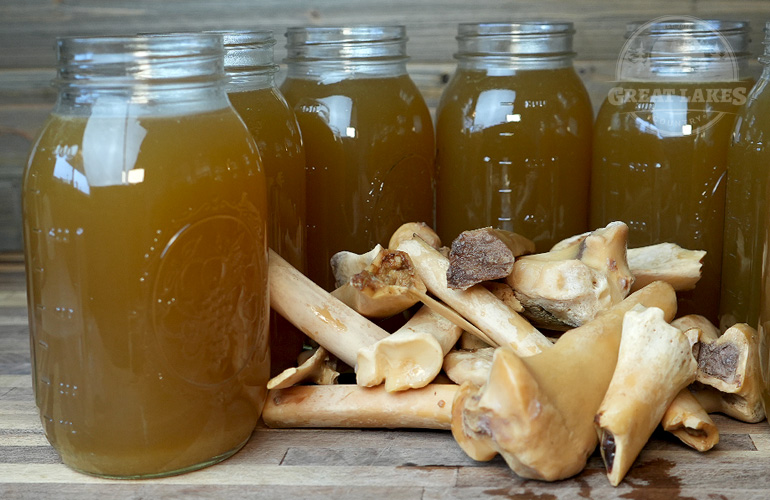Homemade Venison Bone Stock Recipe

Delicious homemade venison stock from scratch. Using lots of meaty roasted deer bones, this hearty bone broth recipe is perfect for soup, stew, gravy, and much more.
Previous Article

